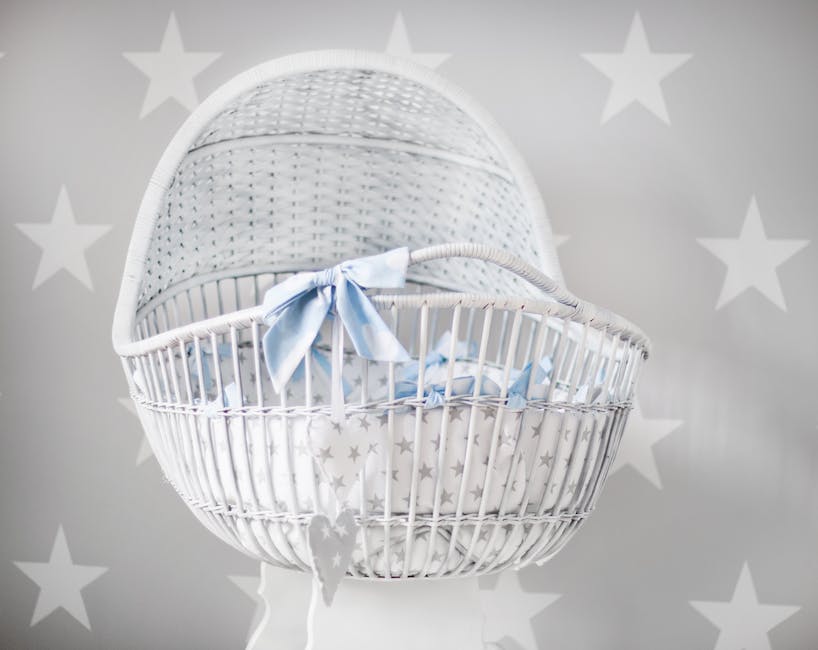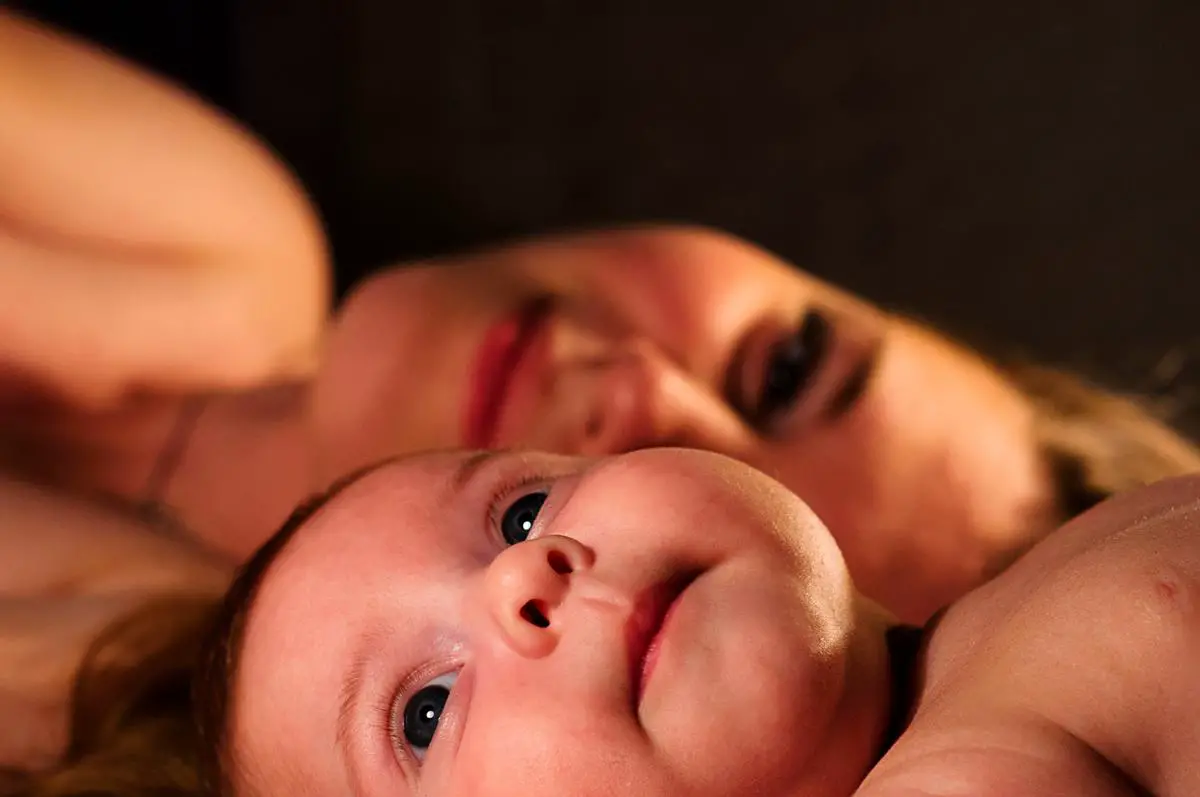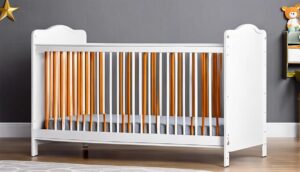Infant safety is paramount, particularly when it pertains to where a baby sleeps. Ensuring you thoroughly understand the capacity and limitations of your baby crib can go a long way in ensuring your infant’s safety. Within the intricacies of this subject, it’s vital to get acquainted with the safety standards and regulations for baby cribs as designed by the United States federal government, as well as recommendations from reputable child safety organizations. Additionally, the structure and materials used in the construction of the crib contribute significantly to how much weight a crib can safely hold. Apart from that, it is also crucial to learn how to meticulously find and interpret the manufacturer’s specified weight limit for your crib model to ensure you’re providing the safest environment for your baby.
Safety Standards of Cribs
Ensuring Your Baby’s Safety: The Importance of U.S. Crib Standards
Intro
When it comes to creating a safe and cozy nest for your precious bundle, knowing the safety standards for cribs is non-negotiable. Whether you’re expecting your first child, welcoming another addition to the family or simply revamping your nursery, complying with crib safety standards not only ensures your little one’s comfort but, more importantly, promotes optimum safety for your baby.
Ensuring Compliance with Crib Safety Standards
The Consumer Product Safety Commission (CPSC) stipulates that all cribs sold in the United States must meet certain safety regulations. These regulations are crafted to significantly reduce potential hazards, hence they’re an important reference point for every vigilant parent.
-
Distance between Slats
One essential standard applies to the spacing of slats on the crib. Baby crib slats should be 2 3/8 inches (about 6 centimeters) apart or less, to prevent babies from getting their heads stuck between them. When it comes to your baby’s safe space, remember, the narrower, the safer.
-
Mattress Fit
Securing the correct mattress fit is equally important. The crib mattress should fit tightly within the crib with no more than two fingers’ width, or one inch, between the edge of the mattress and the crib side. A tighter fit prevents little bodies from becoming entrapped between the mattress and the crib.
-
NO Drop-Side
Drop-side cribs, once a popular choice for many households, are now banned in the U.S. due to numerous safety issues and fatal incidents. These cribs have sides that can be lowered for ease of access, but this mechanism has been proven unsafe. Parents should avoid drop-sides at all costs, even if they’re on a pre-loved or antique piece.
-
Firm Crib Mattress
Firm mattresses are recommended to reduce the risk of Sudden Infant Death Syndrome (SIDS). Soft mattresses might contour to the shape of the baby’s head or face, hence the push for firm, well-fitting mattresses in baby cribs.
-
Height of Crib Corner Posts
For cribs with corner posts, the posts should be no more than 1/16th inch higher than the sides of the crib, unless they’re over 16 inches high to support a canopy.
-
Hardware
All cribs must have strong and durable hardware. Any screws, bolts, and other hardware should be tightly secured, with no missing or broken parts. As parents, regular check-ups of the crib’s overall structure is a must for your baby’s safety.
In Summary
Designing a nursery that’s cute and Instagrammable is always exciting, but remember, safety should always come first. By understanding and following the U.S. crib safety standards outlined by the CPSC, you can ensure a sleep environment that is not just comfortable, but also safe and conducive. After all, your little one’s safety is the true essence of loving parenting.

Structure and Material of Cribs
The Impact of Crib Structure and Material on Its Weight Limit
Gone are the days when one size fits all was the norm for baby cribs. Today, cribs come in various shapes, sizes, and materials, each with unique characteristics that could affect their weight limit. Understanding this vital piece of information is not just about preventing the crib from collapsing under pressure, but primarily about your little one’s safety and comfort. So, let’s dive in deeper and unravel how a crib’s structure and material can influence its weight limit.
Firstly, the structure of the crib plays a significant role in determining its weight limit. Cribs with solid foundational hardware and a sturdy frame can typically support more weight than ones with less robust structures. For instance, cribs with removable toddler rails are designed to grow with your child and can often hold more weight in total, ensuring you get the most out of your investment. Meanwhile, mini or portable cribs, specifically designed for space-saving or travel purposes, might not be built to withstand as much weight.
Then, we have the crib material. Traditional cribs were generally made from wood, which provided natural sturdiness and strength. Today, you can find cribs made from a variety of materials such as plastic, metal, and composite wood. While all of these materials have been deemed safe for infant use, the weight limit they can accommodate varies.
Plastic cribs, while lightweight and cost-effective, might not hold as much weight due to their pliable nature. Metal cribs, on the other hand, can be incredibly strong and durable, with high load-bearing abilities. However, they can toll the scale on the heftier side, which might be a concern for some parents.
Wooden cribs are typically more durable and stable, but the type of wood used is critical. While softer woods like pine are light and less expensive, they may not be as durable as hardwoods such as oak or maple, which have high-density properties making them more resilient and capable of supporting higher weight limits.
In the end, regardless of the crib’s structure or material, always ensure it adheres to the current safety standards set by the Consumer Product Safety Commission. Every baby is unique and grows at their own pace. Therefore, regularly checking the crib’s condition and keeping an eye on the weight and height guidelines is of utmost importance. Knowing your crib’s weight limit could mean the world when it comes to your baby’s safety and your peace of mind.
Let’s continue to build safe havens for our little ones, one crib at a time!

Checking Weight Limit
Understanding the Importance of Your Baby Crib’s Weight Limit
When preparing for the arrival of a little one, many considerations are made to ensure safety and comfort. A prime area of concern is, of course, the nursery – and more specifically, the crib. Among the many aspects of crib safety that have already been discussed – such as slat distance, mattress fit, drop-side bans, mattress firmness, corner post height, and the need for durable crib hardware – there’s an equally crucial topic that needs to be expounded upon: the weight limits of a baby crib.
Understanding the weight limit of a crib is a safety issue that can’t be overlooked. It ensures that the crib will comfortably and safely accommodate the baby as they grow. It’s not just about the weight limit though, but how the structure of the crib influences this limit. For example, cribs with solid foundational hardware and sturdy frames tend to have higher weight limits. As a result, they can offer a greater sense of reassurance for parents.
Similarly, the option of removable toddler rails can affect the crib’s weight limit too. Cribs with these rails are designed to accommodate growing toddlers, thus, they usually have a higher weight limit compared to standard cribs.
One must also remember that not all baby cribs are built the same. Mini or portable cribs, which are created for convenience and space-saving, may have lower weight limits due to their compact size. Hence, it’s crucial to analyze the size and structure of the crib while assessing its weight limit.
The material of the crib also plays a significant role in determining the weight limit. To elaborate further, let’s compare wood, plastic, and metal crib materials. Wooden cribs, specifically those made from hardwoods such as oak or maple, tend to be more durable and therefore offer higher weight limits, compared to those made from softer woods like pine. However, all-wood cribs are generally heavier and require more maintenance than plastic or metal cribs. On the other hand, cribs made from plastic or metal are usually lighter weight and easier to move, but they may not be as sturdy or long-lasting as a hardwood crib.
Additionally, remember to ensure that the crib complies with the safety standards set by the Consumer Product Safety Commission (CPSC). This government agency requires all baby cribs to meet certain safety standards, including those relating to weight capacity.
Lastly, frequent checks on the condition of the crib and a careful adherence to weight and height guidelines will go a long way in ensuring the safety and comfort of the child. Consistently do checks for wear and tear, and keep abreast with how your child’s growth correlates with the crib’s specifications. Having a deep understanding of your baby’s crib weight limit helps create a safer environment, leading to peace of mind for all parents.

Photo by kpebedko_o on Unsplash
Being familiar with safety standards, understanding materials used in crib construction, and knowing exactly how to interpret the manufacturer’s crib weight limit is critical as these aspects contribute to your baby’s safety. Going beyond just buying a crib, informed parents should take that extra measure to know the intricate details about their baby cribs. Thus, when having these important conversations about crib safety, ensure you focus on the right areas that guarantee you enjoy peace of mind and your little one enjoys a safe, comfortable sleep. Your child relies on you to provide comfortable space for their growth and health; make the most of the resources available to ensure their crib is up to the task.

As a mother of four very energetic children, Emilia knows how chaotic motherhood can be. She’s learned a lot of lessons along the journey so far and loves sharing the tips & tricks she’s picked up over the years with anybody else on the same life path.

